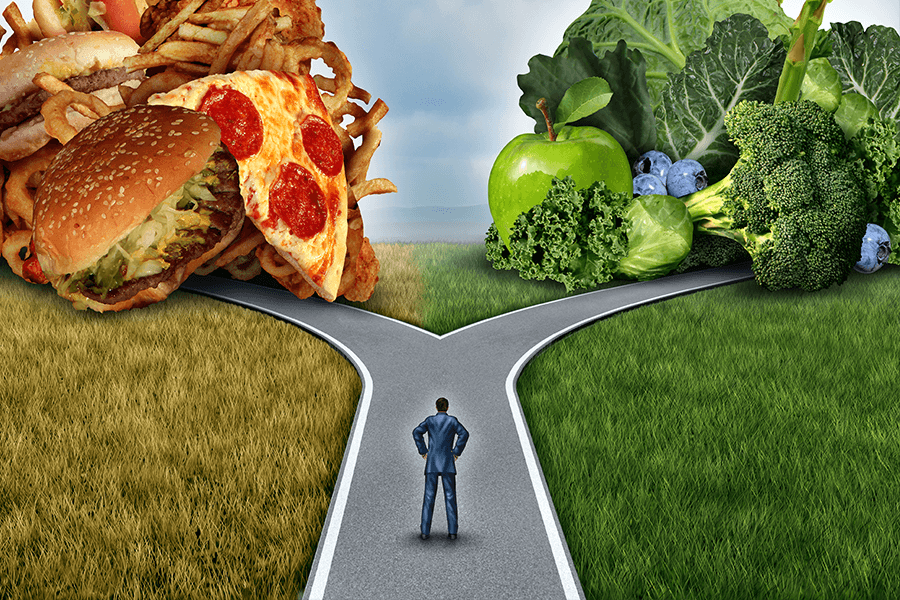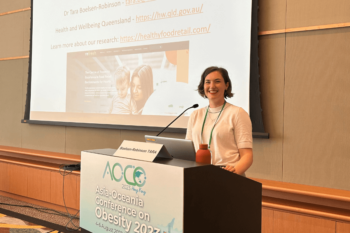Food dashboard shows just how unhealthy Australian supermarkets are

DATE
TYPE Media releases
All the major supermarkets were given a red flag in the Food Environment Dashboard for the way they over-promote, discount and display unhealthy foods, such as chocolates, chips and sugary drinks.
Associate Professor Gary Sacks from the Global Obesity Centre (GLOBE), a World Health Organization Collaborating Centre for Obesity Prevention in Deakin’s Institute for Health Transformation, said that the places we buy our food heavily influence what we buy and what we eat.
“Unhealthy diets are leading contributors to poor health in Australia. Our diets are so bad because wherever we go, unhealthy food is pushed at us,” Associate Professor Sacks said.
“At Australian supermarkets, it is almost impossible to pay for groceries without being exposed to unhealthy food and drinks. Unhealthy products are ‘on special’ almost twice as often as healthy foods, and the discounts on unhealthy foods are much larger than the discounts on healthier foods.”
Australia’s Food Environment Dashboard brings together the most up-to-date data from research institutions and government departments to describe the healthiness of Australia’s food environments. The dashboard covers the healthiness of the foods available for sale, the way foods are marketed, and the price and affordability of different foods.
It provides a summary of key indicators of the healthiness of food environments with traffic light scores to help users see where food environments promote health (green), need improvement (amber) or are unhealthy (red).
“The Dashboard is designed to provide easy-to-access information for anyone interested in understanding ways to improve population diets and will be especially useful for informing policy makers at all levels of government,” Associate Professor Sacks said.
“For the first time, we have a really clear picture of all the ways our environment drives us to consume too much of the wrong types of foods. It shows the need for much stronger policy action from all levels of government in Australia to create healthier food environments.”
Other important findings from the Dashboard include:
- Children see an average of 10 ads for unhealthy food each hour that they’re online. On TV, children are exposed to unhealthy food ads more than twice as often as healthy foods ads.
- Almost two thirds of outdoor food ads promote unhealthy foods, and unhealthy food ads are more common in the most-disadvantaged communities compared with least-disadvantaged neighbourhoods.
- The cost of a healthy diet is simply unaffordable for people on low incomes living in rural or remote areas. In these regions they cost more than 30% of household income.
Dr Jane Martin, Executive Manager Obesity Policy Coalition, said that the dashboard shines a light on how the processed food industry is shaping our diets.
“This is the first time such a comprehensive set of data has been collected and presented. It represents a significant step change in how we see and understand our food environments.
“These red flags show an urgent need for governments to introduce higher standards for how the food industry markets and sells its unhealthy food and drink products. The National Obesity Strategy, now overdue, provides the framework for Government to put Australians’ health above food industry profits and enhance the health and wellbeing of millions of Australians.”
The dashboard will be launched at a virtual event on 23 June 2021.
This project is managed by The Australian Prevention Partnership Centre with funding from the Australian Government’s Medical Research Future fund (MRFF).



